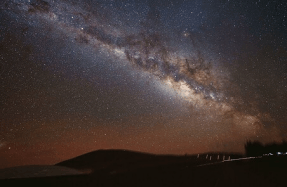
When astronauts are in space, their bodies are put under enormous pressure and strain. Aside from the mental stresses of spaceflight, astronauts are exposed to radiation and the effects of weightlessness, and loss of muscle is a major problem. Otherwise known as muscle atrophy, it affects the soft tissue in an astronaut’s lower leg, hip, back and neck as well as in the quadriceps. These muscles usually work against the forces of gravity – hence why they’re referred to as antigravity muscles – yet they’re not needed to the same degree in a weightless environment, so they weaken and deteriorate.
A spaceflight lasting just 5 to 11 days will result in a muscle loss of 20 per cent, rising to 40 per cent after six months in space. It’s why astronauts must engage in strength exercises for more than two hours each day and why they also effectively need to learn how to walk again once they’re back on Earth. NASA’s Scott Kelly, for example, spent 340 days on the International Space Station (ISS) in 2015 and 2016, and his legs appeared to be made of jelly following his return. Drew Feustel spent 197 days in space in 2018, and he posted a video on Twitter showing his unsteady steps as he struggled to walk forward.
But despite observations and documentation, scientists are still trying to determine the causes of these muscle changes during spaceflight.






